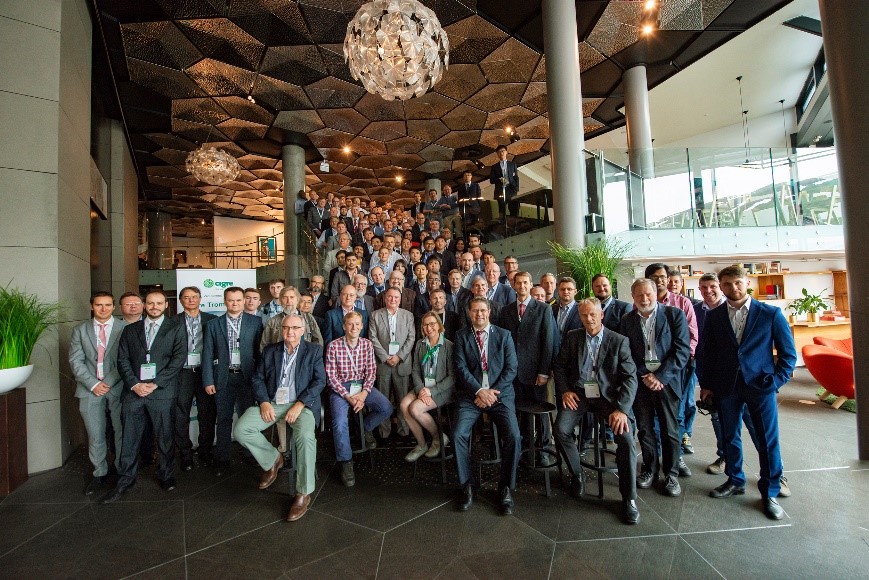Modelling, assessment, and mitigation of protection performance issues caused by power plants during dynamic grid events


Major grid disturbances may begin due to many different causes. Protection functions are used to trip the circuit breakers to disconnect energy supply and load according to the characteristics of the disturbance. Protection devices have played a major role in initiating, propagating, and preventing major power system disturbances in the past. Protection engineers have developed a very high degree of competence for designing and configuring relays to be reliable, sensitive, and secure response to short circuit events.
Grid dynamics are becoming faster with decreasing grid inertia, more fast-acting power electronics devices, and more variable system operating conditions. Such events are most commonly examined using positive-sequence Root Mean Square (RMS) stability studies, but in recent times ElectroMagnetic Transient (EMT) and real-time digital simulators are also being used.
In general, protections against isolation faults should be stable during other types of grid disturbances. Those should be cleared by dedicated relays or protection functions.
The new Working Group B5.72, "Modelling, Assessment, and Mitigation of Protection Performance Issues caused by power plants during Dynamic Grid Events", will primarily focus on impact and response to grid disturbances of synchronous generator electrical protection, generator auxiliary plant protection, High Voltage Direct Current (HVDC) protection, inverter-interfaced large scale renewable generation plant protection (off-shore wind farms, large solar plants), and emergent systems like battery plants.
Other protection devices which may impact grid stability will also be considered such as Capacitor Bank Voltage protection, Synchronous Condenser Reverse Power protection, Static Synchronous Compensator (STATCOMs), Static VAr Compensator (SVC), and Series Capacitors.
The working group will examine the concept of modelling protection in dynamic studies. The primary output of the working group will be practical methods for transmission grid engineers to identify misoperation of protection schemes implemented to clear short circuits, particularly during dynamic grid events.
The following topics will be addressed in this new Working Group;
- There will be a review of past disturbances and possible future events where protection systems may respond in an undesired or unexpected way to dynamic grid events, including:
- Stable and unstable power swings
- Resynchronisation and out-of-phase reclosing
- High rate of change of frequency
- Fast-ramping of power electronic-interfaced energy sources such as battery energy storage and HVDC
- Multiple consecutive circuit breaker switching or reclosing operations
- System restoration
- Other events
- Survey existing utility practices for modeling or considering protection behavior in dynamic studies
- Assess which protection functions can be modeled in Root Mean Square (RMS) transient stability and ElectroMagnetic Transient (EMT) simulation tools to identify credible protection issues
- Protection function Modelling (Root Mean Square (RMS), ElectroMagnetic Transient (EMT))
a. Synchronous generator protection including primary plant protection and auxiliary plant protection
b. Inverter and power electronic device protection: wind turbines, solar photovoltaic system (PV), battery energy storage, HVDC
c. Modelling of special protection schemes and system integrity protection schemes
d. Generic relay models compared to vendor-specific models
e. Protection relay settings storage and management in Root Mean Square (RMS) and ElectroMagnetic Transient (EMT) studies tools.
- Methods for identifying, reporting, and visualising undesired protection operations in Root Mean Square (RMS) and ElectroMagnetic Transient (EMT) studies
- Methods for mitigating the risk of undesired protection response to dynamic system events

CIGRE SC B5 Colloquium and Meeting in Tromsø, Norway June 2019
WG B5.72 was started by SC B5 during the SC B5 meeting
